SEARCH






|
|
|
|


Juraj Bartoš is definitively not a little known photographer – at least within the framework of the former Czechoslovakia; his name regularly appeared in the overviews of the history of Czechoslovak and Slovak photography of the recent decades.
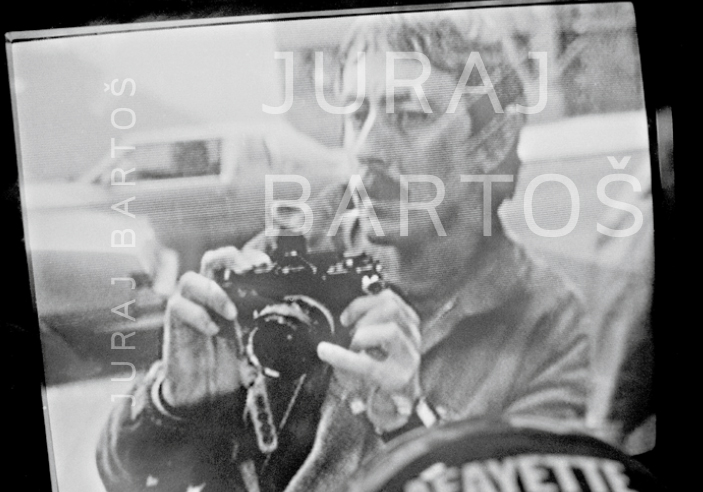 Juraj Bartos 1984 New York
Juraj Bartos 1984 New York
However, only recently has he become a well known figure, a photographic celebrity almost.
A quick check of the list of periodicals that have carried his photographs will demonstrate that in recent years many new items have appeared. Naturally, this led to questions about the growing interest in his photographs which puts him almost in the position of a living classic. In order to answer this question satisfactorily we must explain some specific circumstances of his photographic biography.
Juraj Bartoš grew up in a culturally developed family environment considering his Slovak background. His older brother, Peter studied fine art and became well known as one of the pioneers of conceptualism in Slovakia; his younger sister, Zuzana became a so called public opinion forming art historian, specializing in modern art. After 1989, she was even the director of the Slovak National Gallery for a certain period of time. The fact that both siblings quickly became distinctive figures in their fields can hardly be overlooked.
Juraj, in comparison, seemed to remain in the background; he decided to work in the field of photography which did not have fine art ambitions – in the 1960s up to the 1980s, it was perceived as a marginal, applied art form.
Slovakia 1980 1985
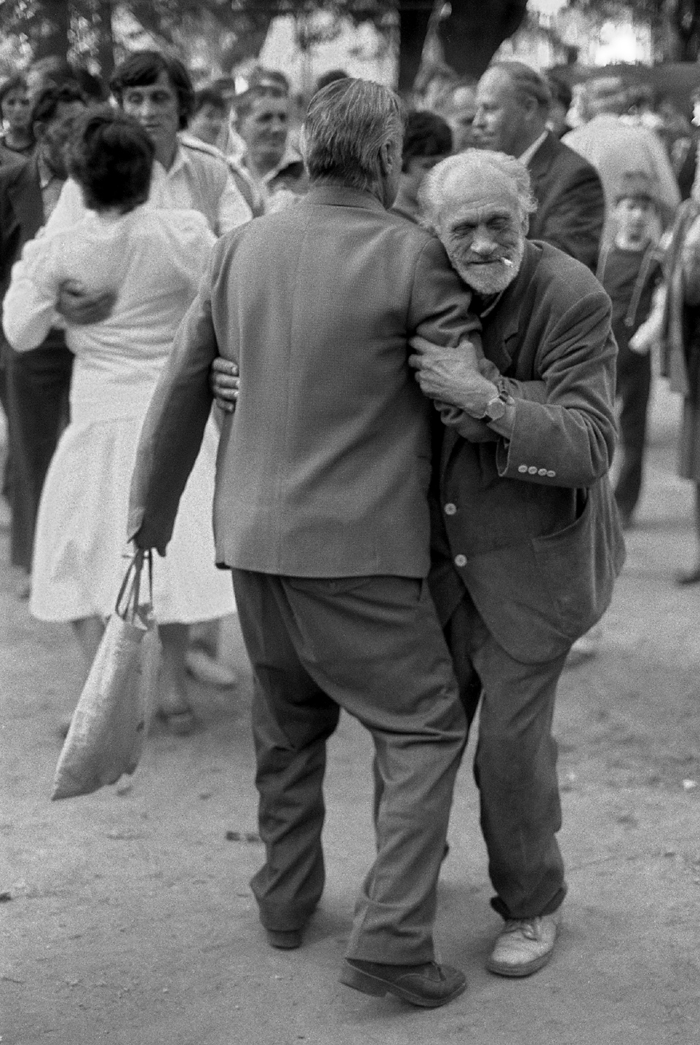
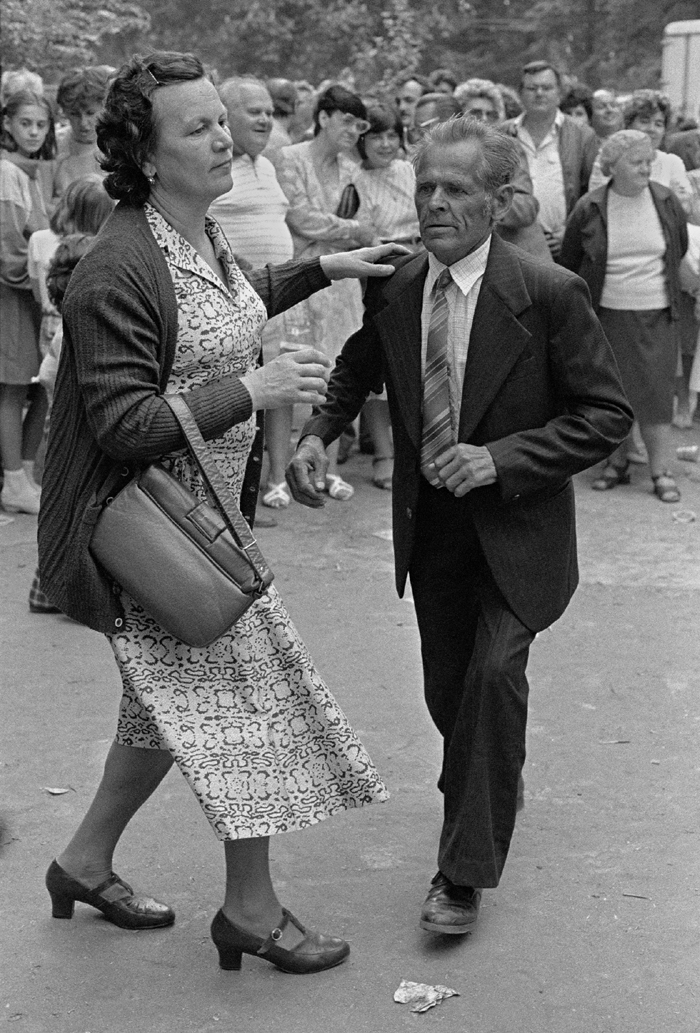
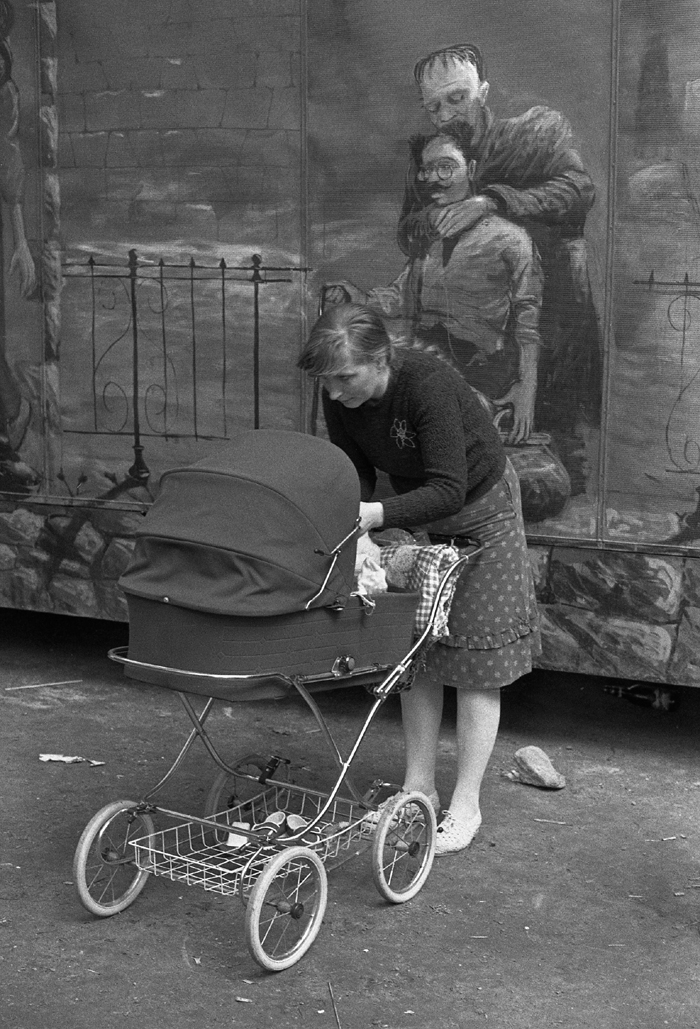
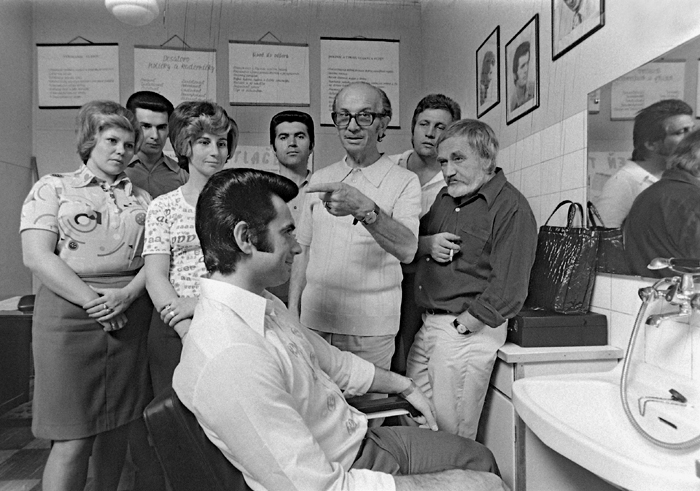
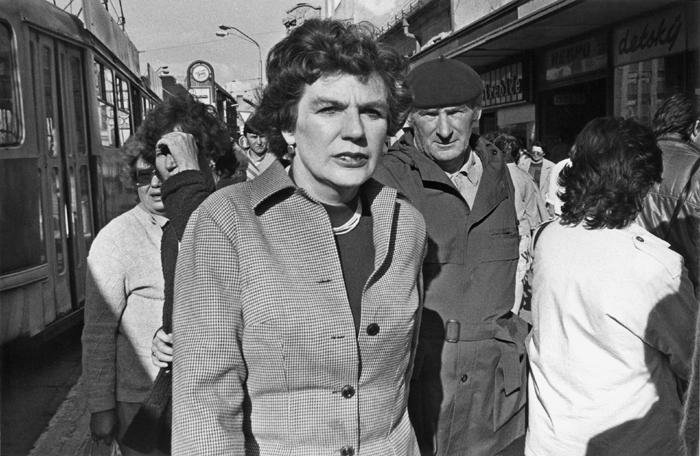
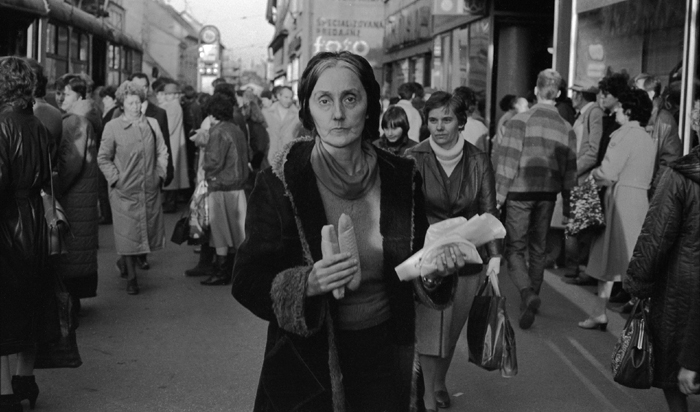
Bartoš had his first independent exhibition in the Gallery of Young Art Work in Bratislava in 1965 even before the completion of his studies at the School of Arts and Crafts in Bratislava. However, his next exhibition would not be held for a long time. After completing secondary school studies, he entered the field right away.
He began to work as photojournalist. From 1965 to 1972 he worked for the magazine Beseda, while also doing some work as a photographer of fashion, theater and architecture.
In 1974, he began to work as a photographer for the Urological Clinic of the Faculty Hospital in Bratislava – Kramare. Since he primarily worked with practical applied photography, he probably had no ambitions of becoming an artistic photographer and applying for membership in the photographic section of the selective Union of Slovak Fine Artists. Entry meant the acknowledgement or confirmation of a photographer’s professionalism and most certainly access to interesting commissions from state and social organizations.
Paris 1968
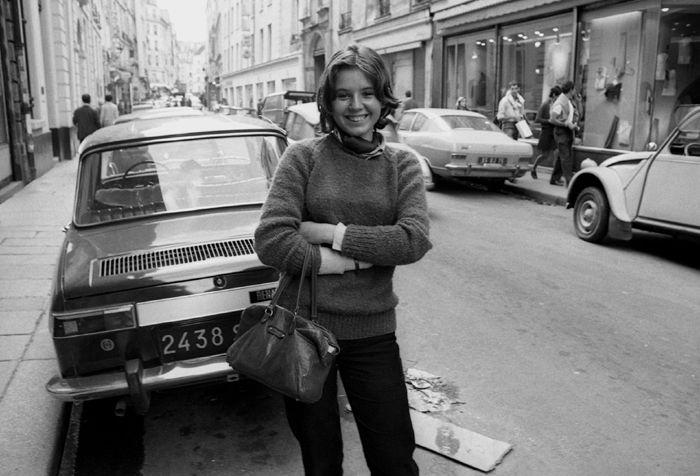
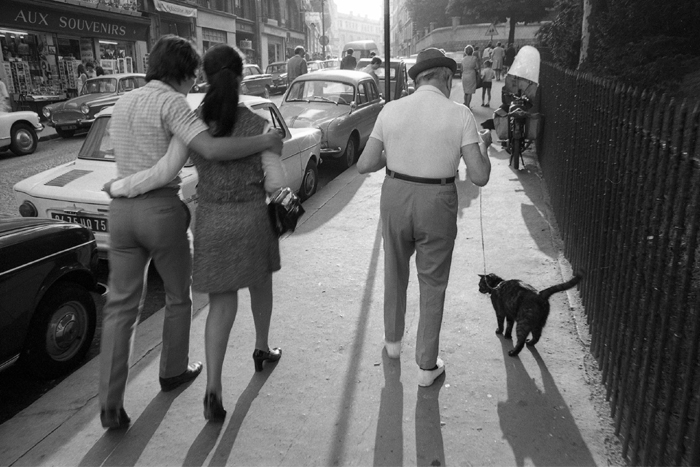
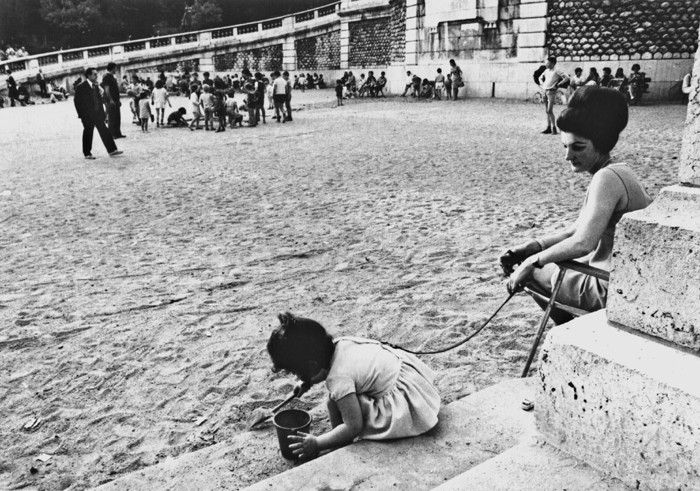
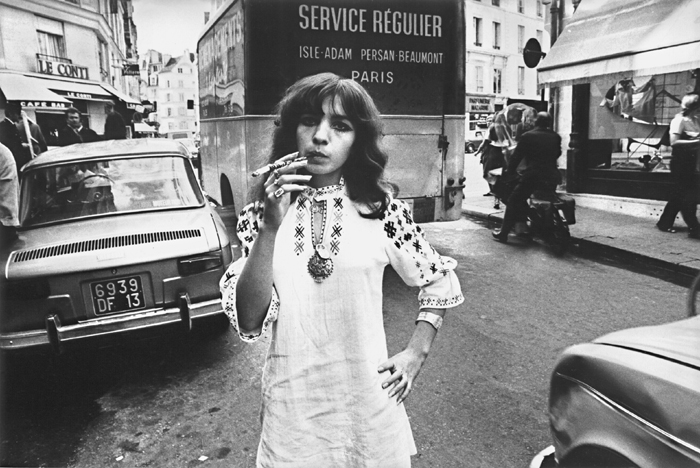
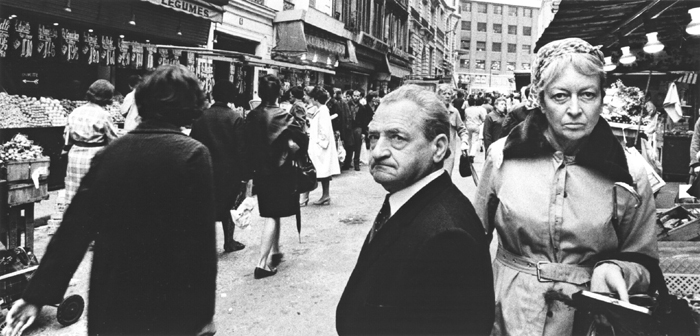
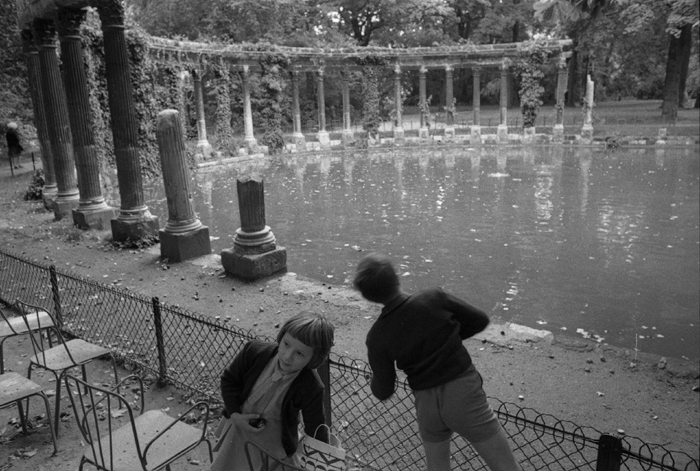
Although photography was his profession, Bartoš never became a professional photographer in the full sense of the word. For one thing, it would have meant at least partially participating in the co-creation of the official culture and Bartoš, as an existential documentary maker, did not want that. It seems that he did not share the conceptual interests of his brother, but he was equally opposed to the official photography infiltrated by ideology or art decorative (which very frequently meant the same thing).
Italy 1982
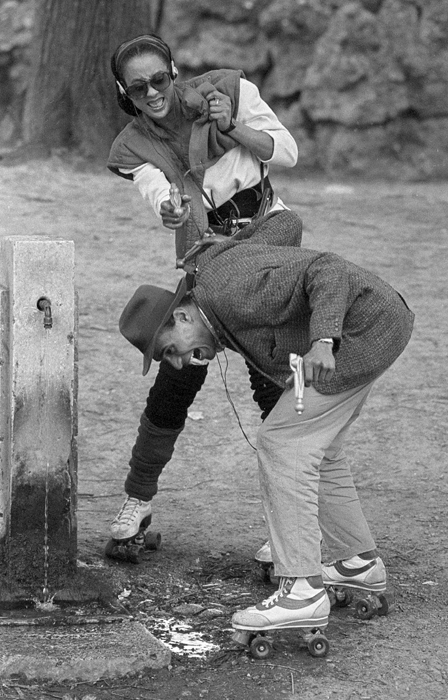
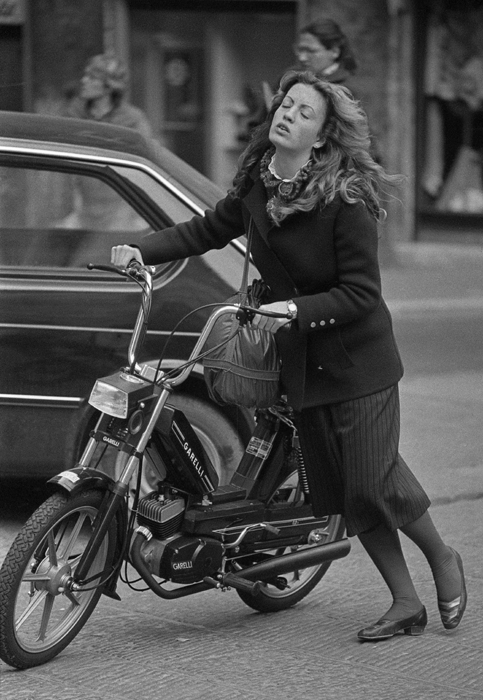
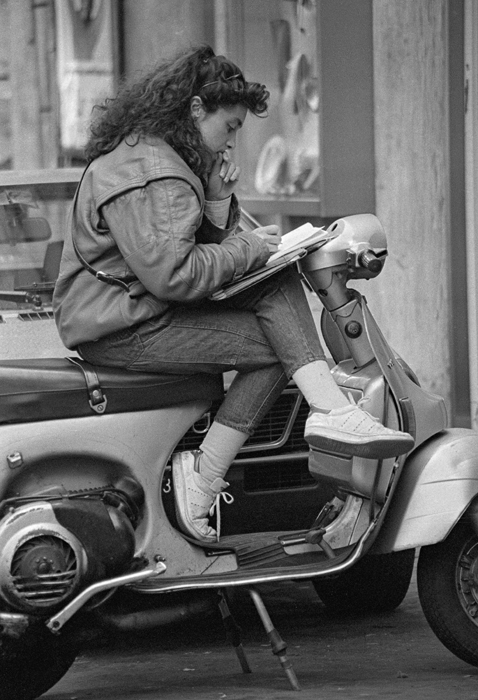
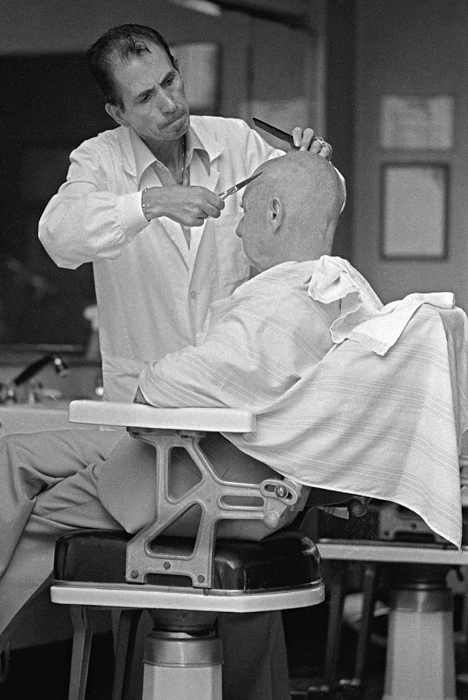
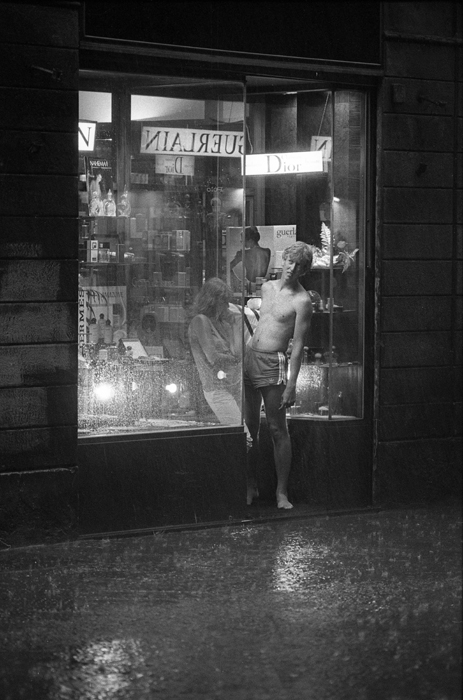
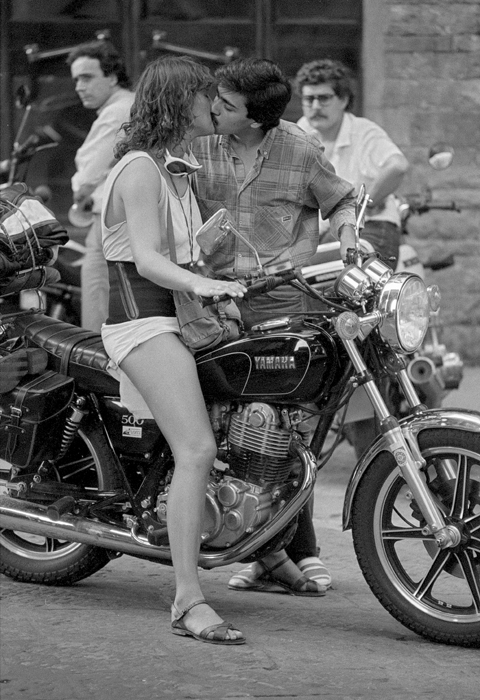
His name is missing from Union exhibitions which were not in favor of documentary photography, but it was also missing from the exhibitions of non-professional photographers among which he did not belong. At that time, the division of photographers into professional and non-professional branches was strictly followed (according to the slogan “divide and conquer!).
However non-professional photography was not under such political control and that is why documentary did well there. Talented individuals who did not have any interest in becoming “professionals” with all that it entailed, frequently appeared. It was in Bratislava where, beginning in the 1960s, a strong center of non-professional documentary photography existed. Since Bartoš was not a non-professional photographer, he could not make appearances with them either.
His photographs remained scattered throughout magazines;they rarely appeared in purely professional photographic magazines. In addition, due to unfortunate circumstances, a large part of his photographic archive was lost and thus his photographic career before the beginning of the 1980s can only be reconstructed with great difficulty.
Until then, he submitted his snapshots for publication in foreign magazines. As opposed to the majority of our photographers and artists in general who came to terms with the existence of the Iron Curtain and did not try to hard to communicate with the West, Bartoš strove to get to the West so he could take photographs there and publish them.
New York 1984
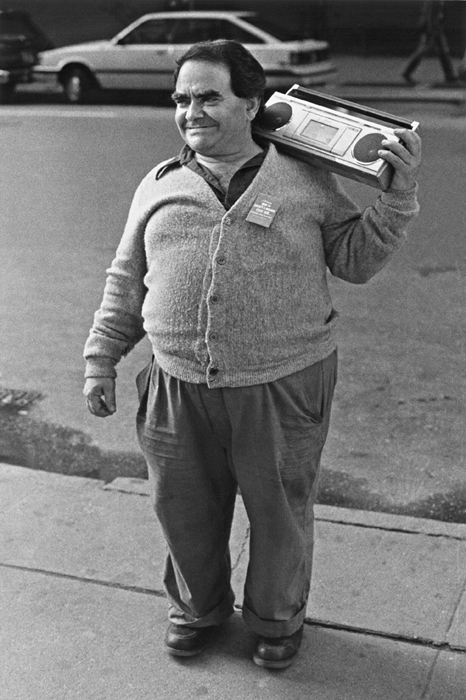
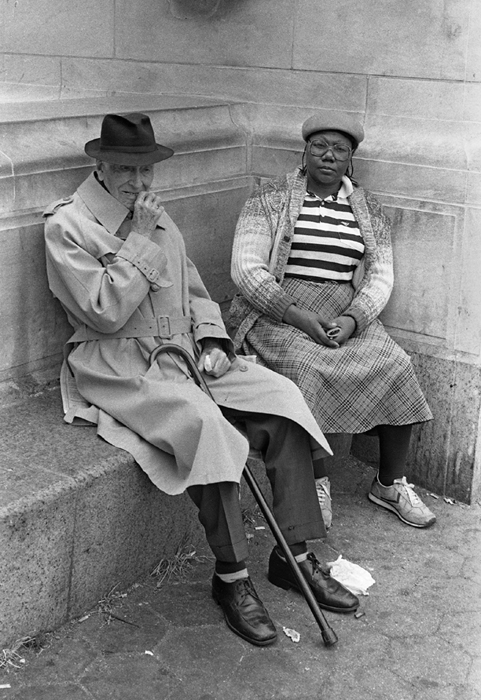
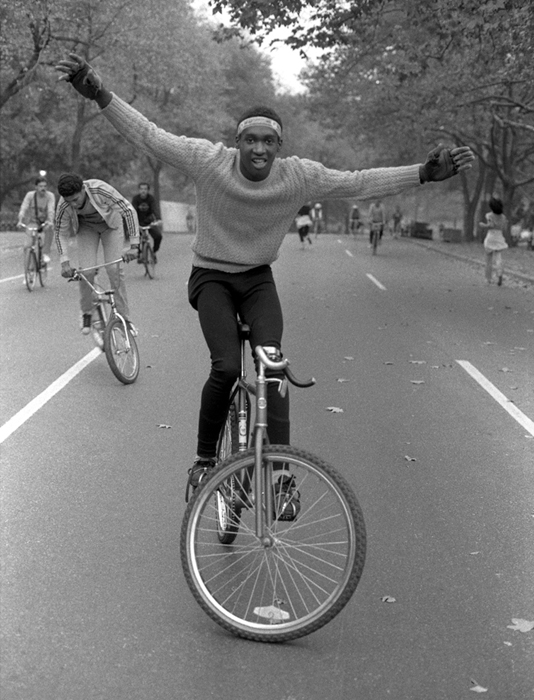
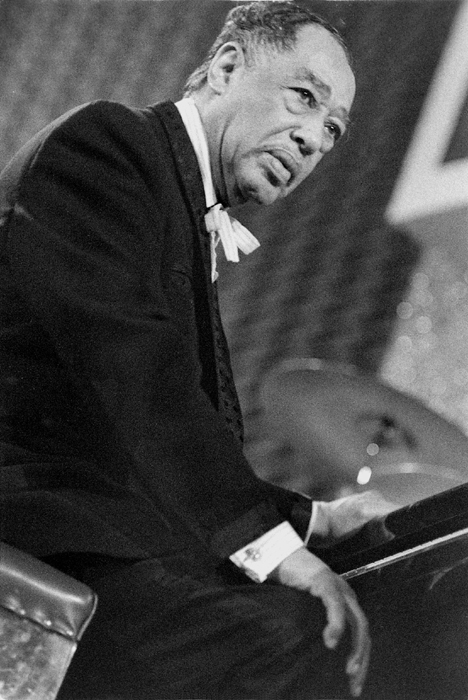 Duke Ellington
Duke Ellington
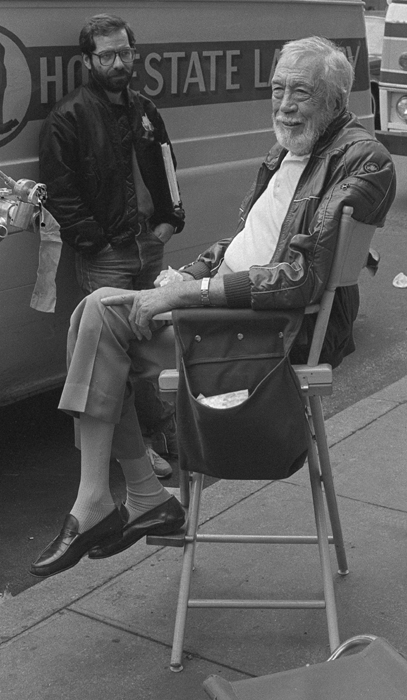 John Houston
John Houston
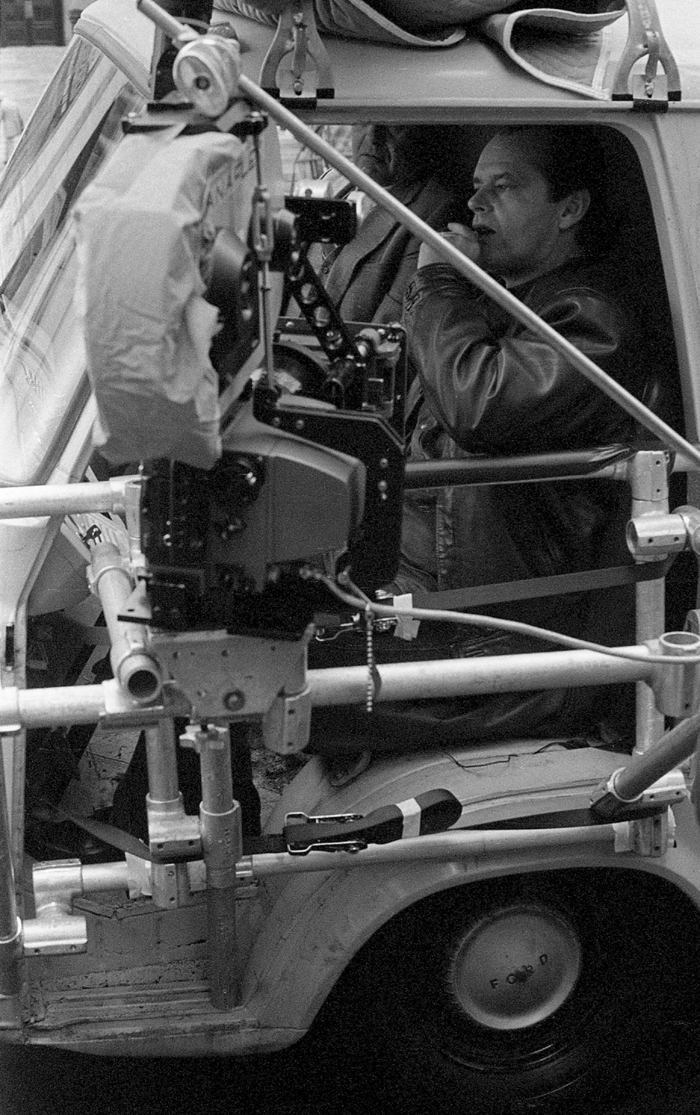 Jack Nicholson
Jack Nicholson
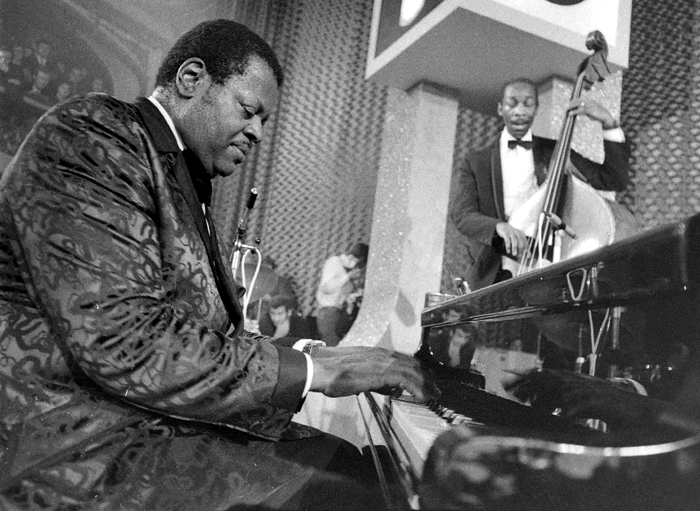 Oscar Peterson
Oscar Peterson
This time, due to fortunate circumstances (thanks to family connections, he could get a visa which was a necessary precondition for a trip outside the socialist states) he was quite successful to a certain extent. And so, an ironic phenomenon occurred, unique for Slovak circumstances – the first profiles of Bartoš’s work appeared in photographic magazines in the West (Camera, Fotografare).
They were published in the middle of the 1980s, when he experienced an essential breakthrough in his work. At that time, he probably established himself as an author and formulated his program standpoint: “I am not attracted by technical experiments in photography. I think that the documentary value of photography is its specific quality”. Somewhere else he stated, “I don’t care much for the technical aspects of photography. I am convinced that true photography should be a document of reality. Nothing more, nothing less.”
From then on, he subordinated the essential part of his “non-applied” work to this program, despite the fact that it caused difficulties; the last thing desired by the ruling regime, whose essence lay in fiction, was a stark document of reality.
 | Write |
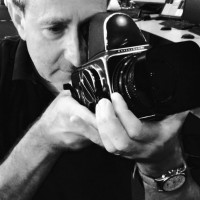 | Nick van Dijk
Good evening Yvette,
Thank you for the introduction to this 'master' Yvette!
Great set of images Juraj Bartos!
Grtz, Nick |
 | Yvette Depaepe CREW Thanks for your appreciation, Nick !!! All credits go to Juray Bartos ... A "Master" indeed! |
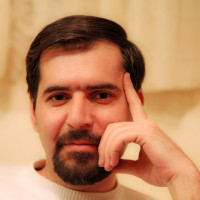 | Mohammad Soheilinia This series of photos of people of various ethnic groups over the past several years, as well as important figures taken our art is familiar with the tissue masses,
And that in the early days of the change occurring in their customs and traditions.Thanks to you Juraj Bartos and you yvette To select photos and arrange talks! |
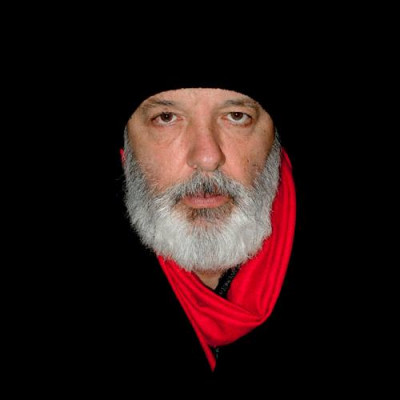 | Massimo Della Latta Complimenti |